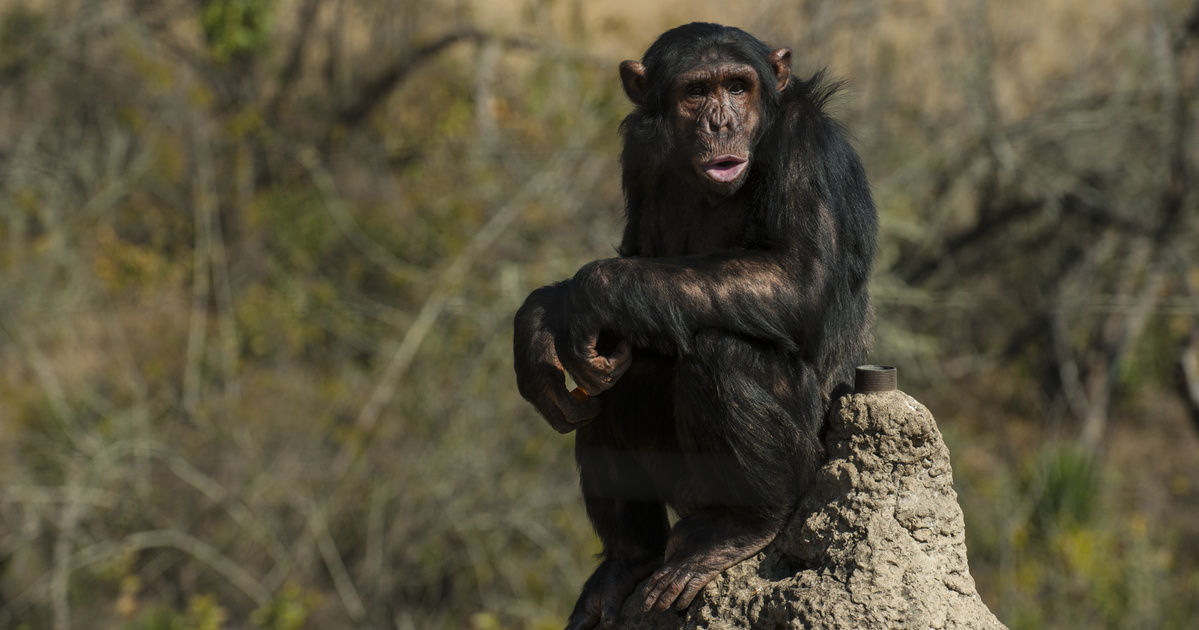In an instant, backwaters have sparked a new study of our evolution, which takes a detailed and well-preserved skull discovered in 2015 under even more extensive analysis. Analysis of the fossil revealed that this species, called A. turkae, could have been as big as a large male chimpanzee or as big as an average female gorilla.
The team classified the monkey as an early hominin, a group that includes African apes including chimpanzees, gorillas and bonobos. Based on currently accepted positions, the oldest human remains have been found in Africa, but the researchers believe the studied fossil provides new evidence that the ancestors of African monkeys and humans once lived in Europe – and only migrated from there to the African continent. Presumably due to different environmental influences IFL Sciences One is in Eureka Alert Based on a published advertisement.
A detailed analysis of the study also reveals that Balkan and Anatolian monkeys evolved from Western and Central European ancestors. With its most comprehensive data, the research also provides evidence that other apes were also hominins, meaning that the entire group is likely to have evolved and diversified in Europe.
These results contradict the long-held view that African primates and humans evolved exclusively in Africa. While the remains of early hominins are plentiful in Europe and Anatolia, they are completely absent from Africa until the first hominins appeared there about seven million years ago.
– explained David Begin of the University of Toronto, adding that all this somewhat supports the hypothesis that hominins originated in Europe and spread, along with many other mammals, to Africa between nine and seven million years ago; Although it does not fully prove it. According to Begin, in order to show this with certainty, they would have to find more fossils between eight and seven million years old in Europe and Africa, but that is a very difficult task.
We could also be wrong about Ötzi
Younger generations may have already seen it in the columns of history books, while older generations have been able to hear about the frozen remains of Ötzi, the ancestor of the Copper Age, thanks to news reports at the time.
The oldest ever intact human body was discovered in September 1991 by two German hikers in the South Tyrolean Alps between Italy and Austria, at an altitude of 3,200 metres. At first, authorities thought the man had died recently, but it soon became clear: the body could have been there from about 5,200 to 5,300 years ago.
As Index recently reported, until now Ötzi was thought to have white skin, light hair and eyes, but according to the latest genetic research, the man didn’t look like that – the ancient man of the Copper Age was said to be bald or completely bald and his complexion was contrary to previous assumptions, nor It must have been dark in colour.












































